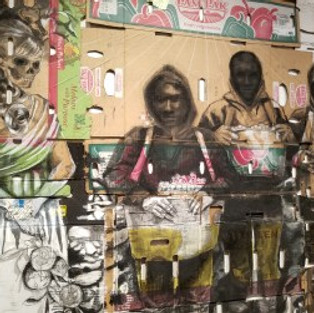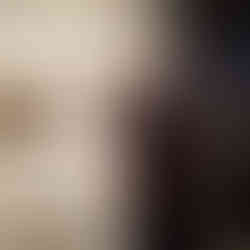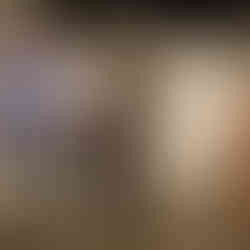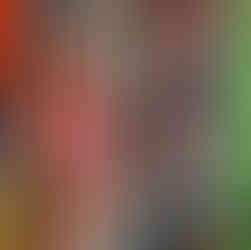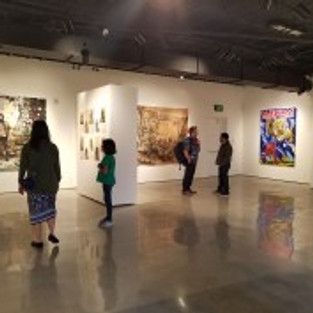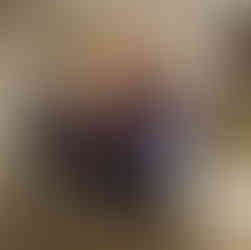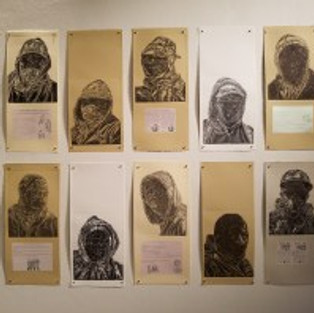
Visual Resistance at Fullerton College Art Gallery; Photo credit Kristine Schomaker
Get Inspired with Visual Resistance
through February 21 Fullerton College Art Gallery, Fullerton
By Evan Senn From Picasso’s Guernica to Banksy’s Flower Thrower, from Pussy Riot to Pussy Hats, it is clear that art has the capacity to inspire, to change, to reset or to expand the broader social agenda. In our very intense political climate in the United States, we are now more aware than ever before that art is a vessel for deepening communication and broadening awareness. Whether its public art or simply personal expression, art can be more powerful than even words.
Protest art has a long history in our society; with every war and bad political decision, we try to express ourselves, to change things, to better this world for our communal future through art. Art is a vessel for change and can also function as a therapeutic tool for us to help cope with political atrocities. We can commiserate with others who feel as we do, we can put our thoughts and feelings into historical objects that will live on to tell our stories to future generations, and we can get out the pain and struggle that is inside of us as we watch our world devolve.
Visual imagery has an ability to convey truth that words do not necessarily have anymore. People trust in imagery more so than in words—in part, because it forces viewers to rely on their own brain to decipher and understand it. It does not need a translator or a mediator—it speaks clearly, often with little-to-no words involved. Our current president uses words as if their meanings are flexible and as if truth is a matter of opinion. Meanwhile, art is being boycotted, torn down, fought over, altered and censored because of its honesty. We must not stop talking about it, looking at it, making it—visual resistance is one of the most effective modes of rebellion we have left.
It is surprising that a conservative town in a fairly conservative county has one of the most compelling protest-based art exhibitions, but it is not surprising that it is happening now. The Fullerton College Art Gallery is setting the standard and showing other major educational institutions the power they have to inspire and influence others. In “Visual Resistance” at Fullerton College, we are able to see many different perspectives through protest art, touching on a diverse range of styles concepts, and struggles. With art from April Bey, Gomez Bueno, Dwora Fried and Narsiso Martinez, viewers are confronted with personal and political experiences and expressions.
April Bey’s female-based works on display at “Visual Resistance” deals with the marginalization of people of color and of low economic status. She used fabrics from West Africa, strong political statements, and featured women who have made their career using social media. She references the most iconic art historical image of African women in some of her smaller works with the Woman of Willendorf, and on her larger works she references the recognizable faces of contemporary icons: Issa Rae, Chimamanda Ngozi Adichie, and Michaela Coel. Bey’s works are not only striking and loud, but they are poetic and empowering.
Gomez Bueno has a stunning visual impact with his large drawings and paintings at this exhibition. He uses political satire to analyze people of power and modern day culture but uses a mix of propaganda style mixed with underground comics and traditional painting techniques to push and pull his audience. Incredibly detailed-oriented, Bueno’s work is playful and intelligent, and uses fantastic references from advertising, cultural critique and popular culture to emphasize his visual messaging.
Dwora Fried’s work is over-the-top and provocative, finding a space for conversation on a variety of political and personal topics in “Visual Resistance.” The work touches on a more political discontent than some of her previous work. She evokes a sense of cultural displacement and isolation in her works, with specific attention to the disparate cultures within the United States and the stark prejudice, racist and sexist decision-making inherent from the current government. Her work forces the viewer to get close, to examine every detail of her diorama-style tableaux works, and every detail involved has significance to the larger message of the piece. Her larger work on view allows the viewer to get inside the scene, enabling compassion and perspective, but also creating space for viewers to play in her installations—and of course take selfies. Her work is embedded with whimsy, narratives and cultural critique, but are so visually enticing and hypnotic, viewers are pulled in to her works like a magnet.
On the opposing wall, Narsiso Martinez offers a sensitive and insightful glance at the life of agricultural farmworkers and the struggles they face. They are mostly large-scale charcoal drawings or oil paint on produce cardboard boxes. Aimed at creating a contrasting image between the faces of the farmworkers, the lives the fight for, and the food they provide the masses with, Martinez admits the choice of materials was deliberate. In one piece, Past and Present, he uses collaged train tickets as his support, and created a linocut print of a screaming man with a noose around his neck to create this compelling piece. Having grown up working the agricultural fields in Oaxaca, Mexico with his family, Martinez has a beautifully dramatic style of rendering his figures, creating intimate group and single portraits with high contrast and a strong narrative. Through his work, viewers are able to gain insight into lives that are overlooked, careers that are underrepresented and a community that is trying to actively be dismantled in some areas.
“Visual Resistance” is not a large survey or an all-encompassing investigation on protest art, but it is a thoughtful glance into the resistance of four different perspectives—four different artists—with a variety of issues, styles and engagement that should inspire people to keep creating and participating in our society, and to stand up for what they believe in, through art or otherwise.
“Visual Resistance” is on view through February 21, 2018.
Fullerton College Art Gallery, 321 E. Chapman Ave., Fullerton 92832. art.fullcoll.edu
#losangeles #california #losangelesartist #racist #politics #sexist #art #painting #nudes #fullerton #losangelesart #contemporaryart #artistrunspace #abstract #collage #NarsisoMartinez #resistance #feminist #photography #AprilBey #artgallery #GomezBueno #evansenn #farmworkers #gallery #artandcake #artopening #assemblage #artexhibition #ArtandCakeLA #fineart #propaganda #artists #artist #resist #mixedmedia #arts #VisualResistance #artreview #sculpture #politicalart #artmagazine #artcollective #ArtandCulture #exhibition #marginalization #exhibit #DworaFried #dtla #FullertonCollegeArtGallery #drawing #prejudice












